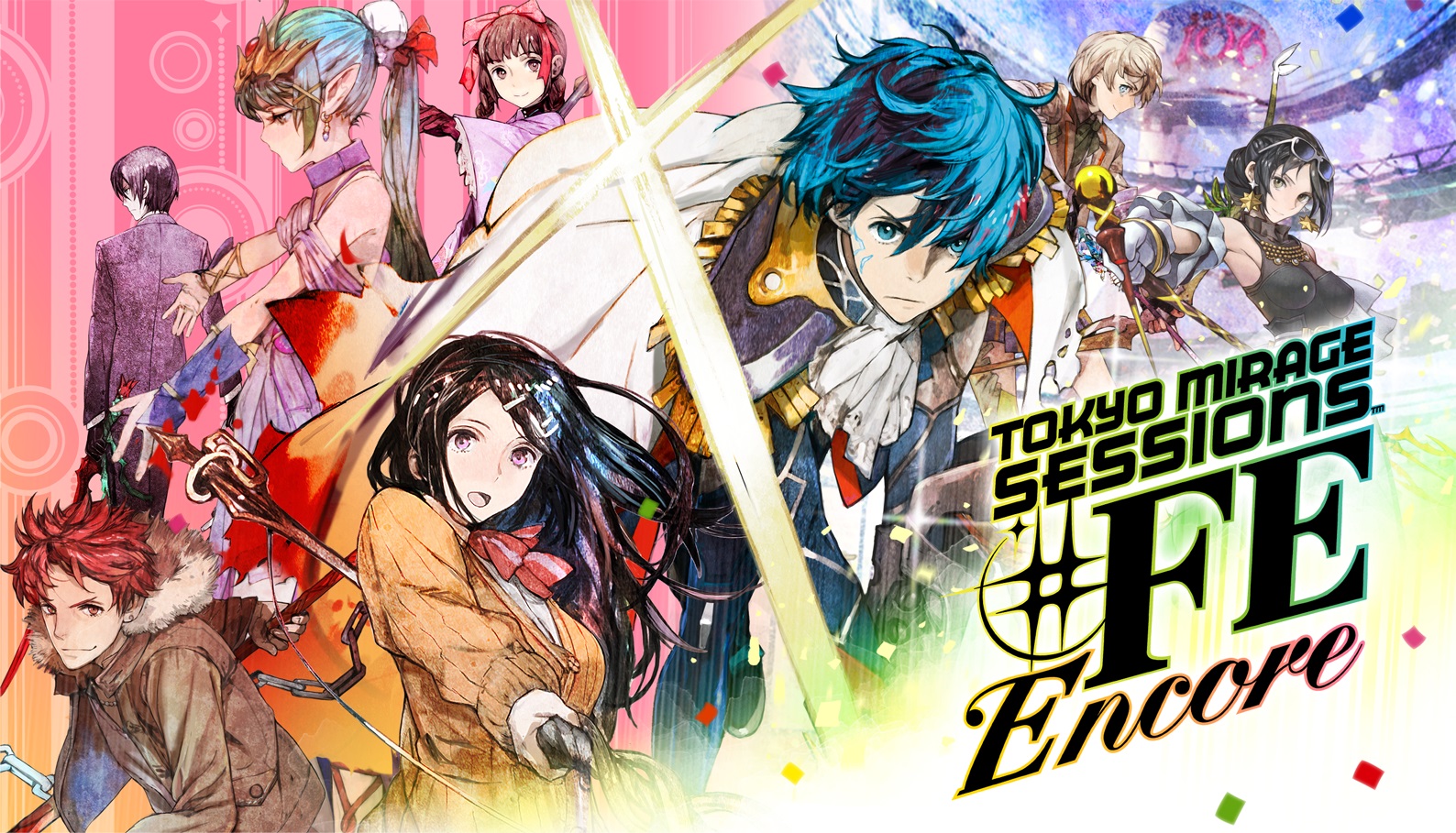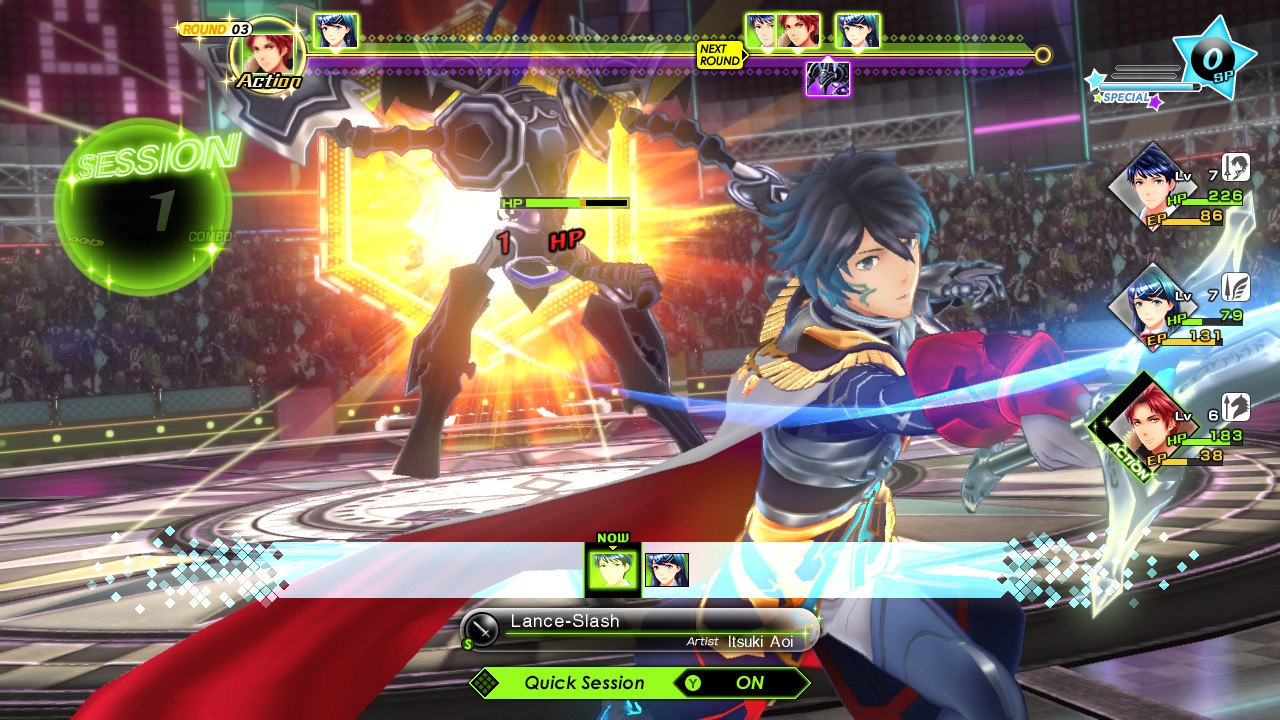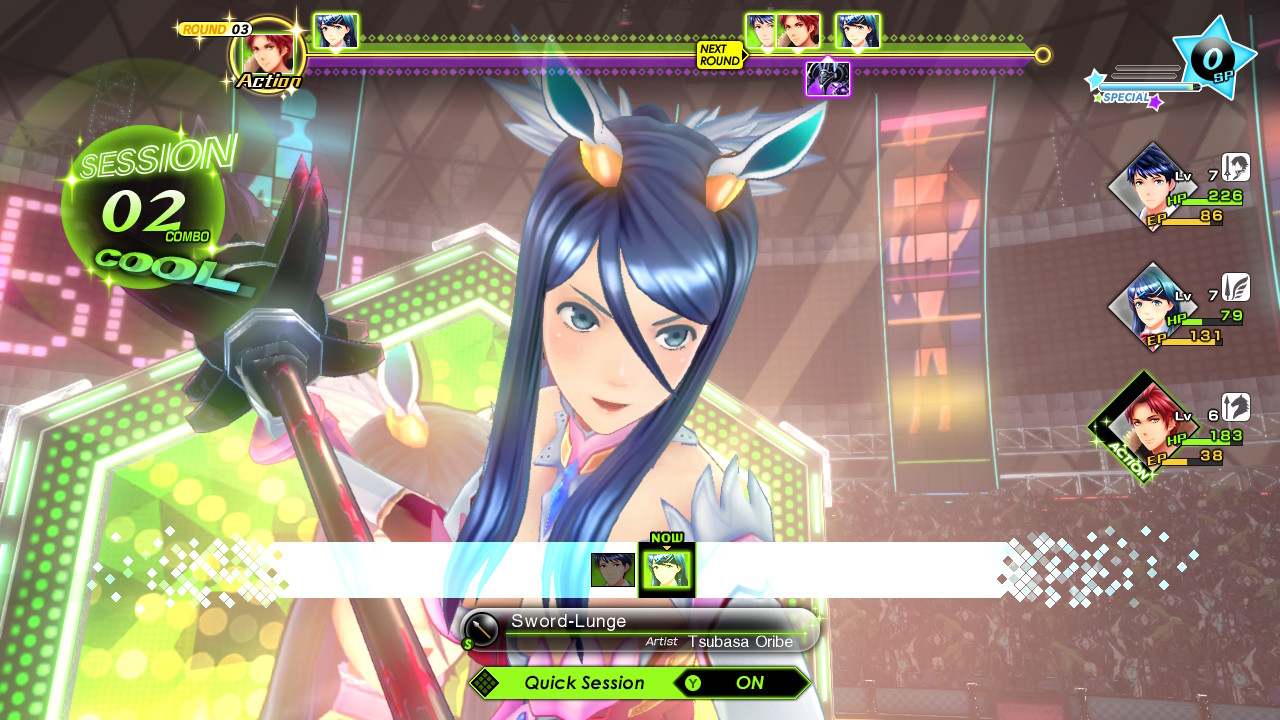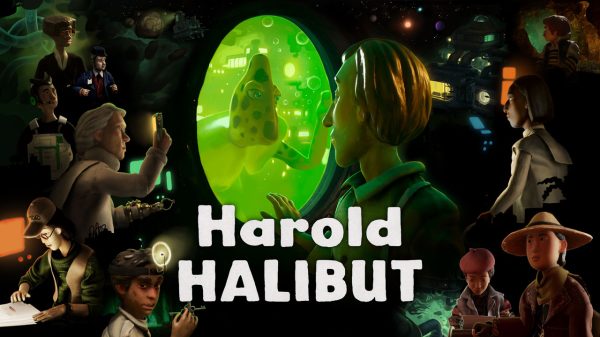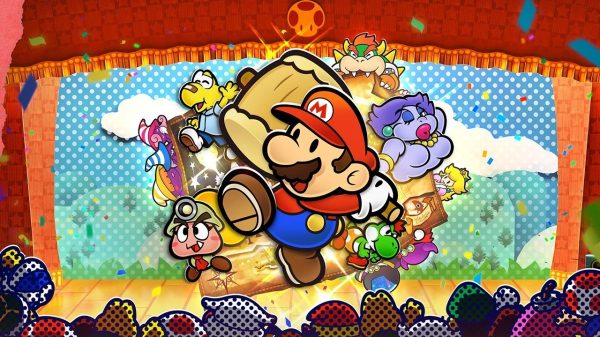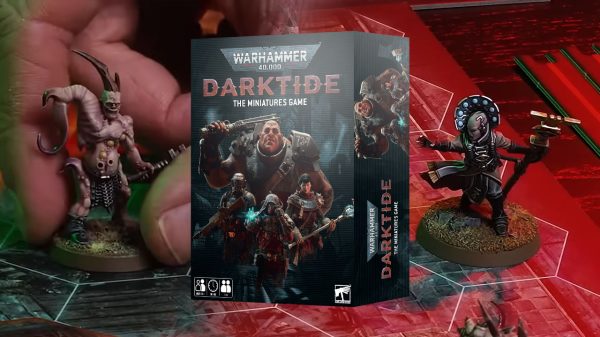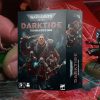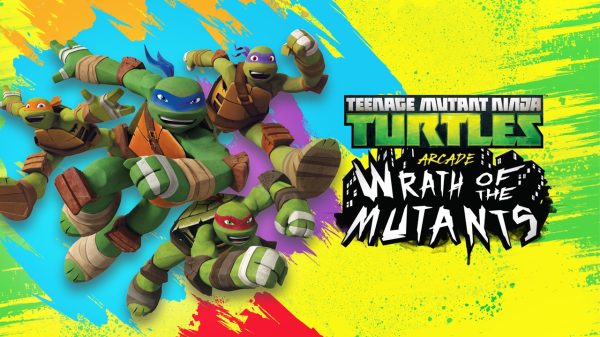The story of the Wii U is a sad one. Not because the console itself was underwhelming or unpopular, though it was both of those things, but because when it inevitably went down it took a library of really decent exclusives with it. Bona fide classics like Mario Kart 8, Bayonetta 2 and Captain Toad Treasure Tracker might never have seen the light of day again or found the audiences they truly deserved if the Wii U was their final resting place. Enter the Nintendo Switch, a vastly more successful follow-up console that not only has its own great library of exclusives, but has become something of a foster platform for all of those wonderful, disadvantaged Wii U games. Games like Tokyo Mirage Sessions #FE.
Though it’s technically a spinoff of the Shin Megami Tensei series, Tokyo Mirage Sessions shares a stylistic bond with other Atlus games like Persona, and also happens to crossover with Intelligent Systems’ Fire Emblem series. That might seem like way too many outside influences to result in a game that stands on its own, but Tokyo Mirage Sessions still feels wholly fresh and original. A lot of that comes down to a narrative that deals with some very unique concepts, at least as far as the Western market is concerned. Main playable character, Itsuki, along with his friends Tsubasa and Touma, aren’t your typical JRPG high-school-students-turned-demon-slayers. Well, they are that, but they’re also idols-in-training as part of a magical, evil-slaying organisation that fronts as a production company. Of course, idol culture is a huge part of the Japanese entertainment market, but it’s not a concept I’ve seen explored in localised media as much as it is here.
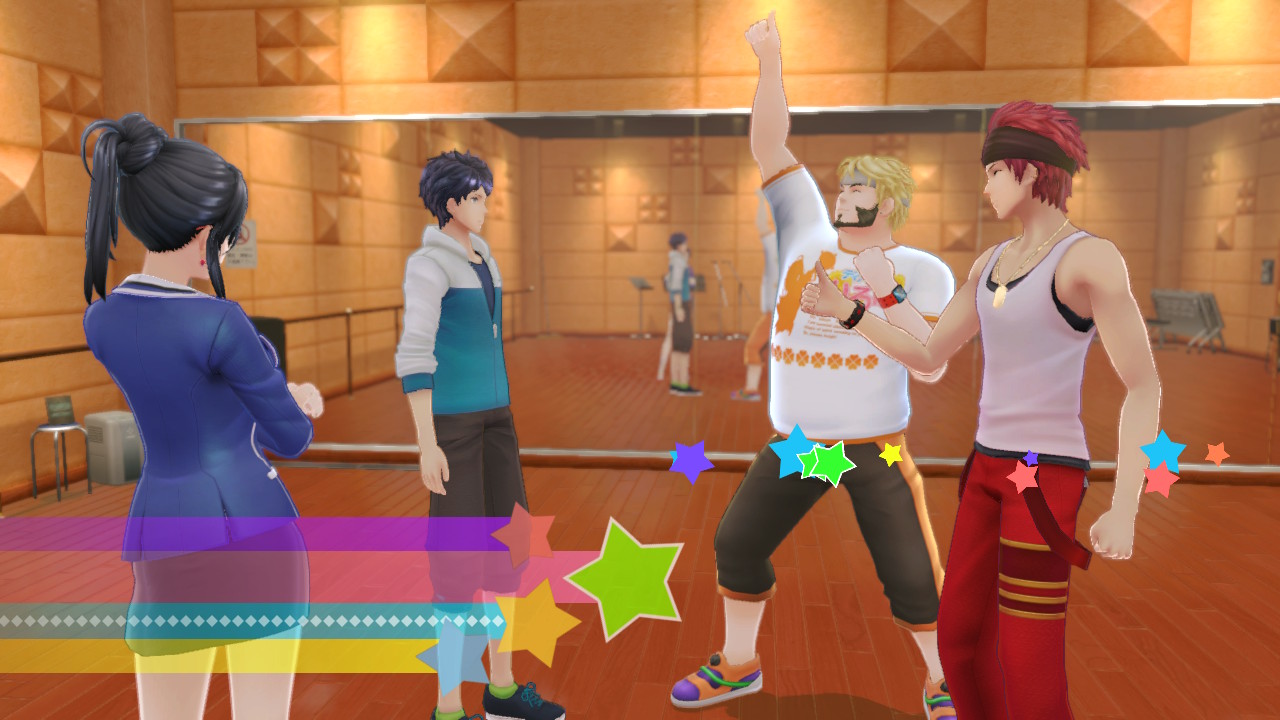
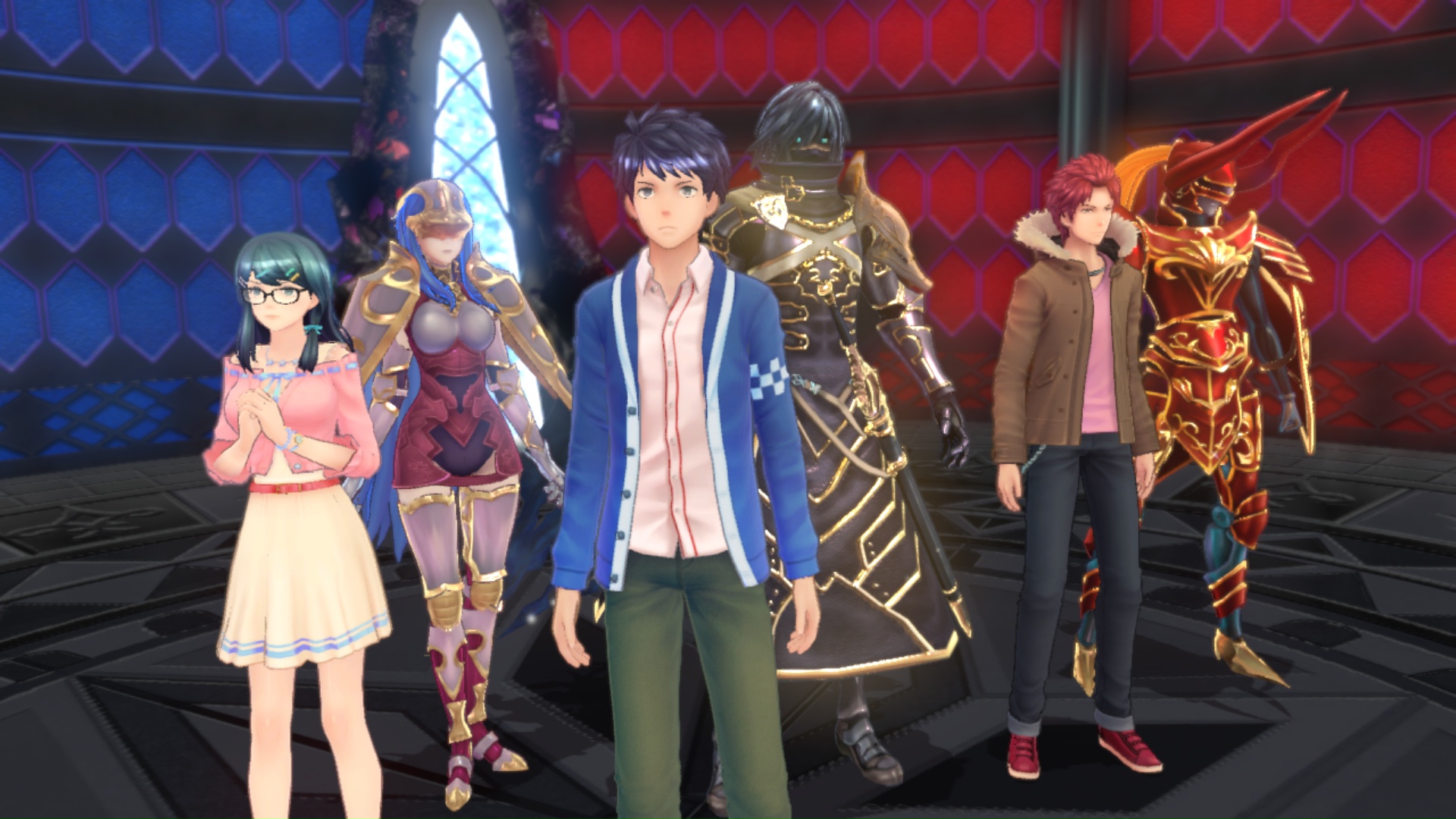
To sum it up succinctly: Tokyo Mirage Sessions’ alternative version of Tokyo is one where supernatural beings called Mirages draw power from humans’ ‘Performa’, essentially their performing talent. Of course, evil Mirages decide to start kidnapping humans for their Performa, and that’s where Itsuki and co. are roped into lending their Performa to some good Mirages (who also happen to be Fire Emblem characters – did I mention that?) to put a stop to it all. The whole thing is appropriately corny and over-the-top for a story about demon-battling idols, and it nails that ideal while still managing to make its characters endearing and three-dimensional. A lot of effort is put in to making the ‘idol’ journeys just as interesting as the main conflict, and the overall presentation really helps to drive it all home. Constant texts from other characters add flavour to the immediate goings-on, and the game is bolstered by a surprising number of original songs with their own, beautifully-animated video sequences to go with them.
The story is broken up into six chapters (plus a prologue and epilogue) with each chapter introducing a new industry challenge for the company of idols as well as a new dungeon that matches, thematically. A chapter in which the company’s president, Maiko, is captured by a Mirage-possessed photographer, for example, takes place in a dungeon littered with ‘gravure’-style photographs and giant cameras on legs that must be avoided. These dungeons aren’t just one-offs either, they’re regularly revisited in the various side stories that take Itsuki on more intimate adventures with each of the members of the idol company, Fortuna. The criteria for unlocking the side stories varies from simply progressing in the game to giving each character enough battle experience to up their ‘Stage Rank’, but they’re all worth it for the added look-in to everyone’s personal stories, and the game offers an intermission between each chapter to clean up side content at your own pace.
Everything that goes into making Tokyo Mirage Sessions #FE a hardcore JRPG that’s still accessible and succinct is perfectly exemplified in its battles. JRPG fans will feel right at home with the traditional, turn-based battles featuring the standard array of weapon and elemental magic attacks as well as powerful limit-break style ‘Special Performances’. The unique twist here though is the Session mechanic. By striking with an enemy’s specific weaknesses, other members of your party can join in with their own, matching abilities to chain together a devastating combo. Character’s individual Session skills unlock as they progress and upgrade their weapons, increasing the number of possible match-ups until you eventually find yourself pulling off five-to-seven-hit combos on the regular. Mixing and matching abilities and party members against specific enemies to bring them down with style is incredibly satisfying.
I’ve said it before and I’ll say it again – the way that Tokyo Mirage Sessions compartmentalises its stories and gameplay sequences and constantly drip-feeds new ideas makes it a perfect fit for the Switch. Rather than ask players to sit down and work through a whole dungeon at a time, it gives players ample reason (and ample fast-travel options) to keep checking back on the real world and further explore upgrades and side stories. Wherever you are in the story, it’s almost always beneficial to pick the game up for even a few minutes, which usually ends up being enough time to do a side quest from start to finish, or grind out enough materials to grab a new weapon for whenever you eventually head back into the chapter proper. My sole frustration with the format is a lack of an auto-save option, which cut me pretty deep at one point when my Switch battery died, but that’s easily countered by establishing good save habits.
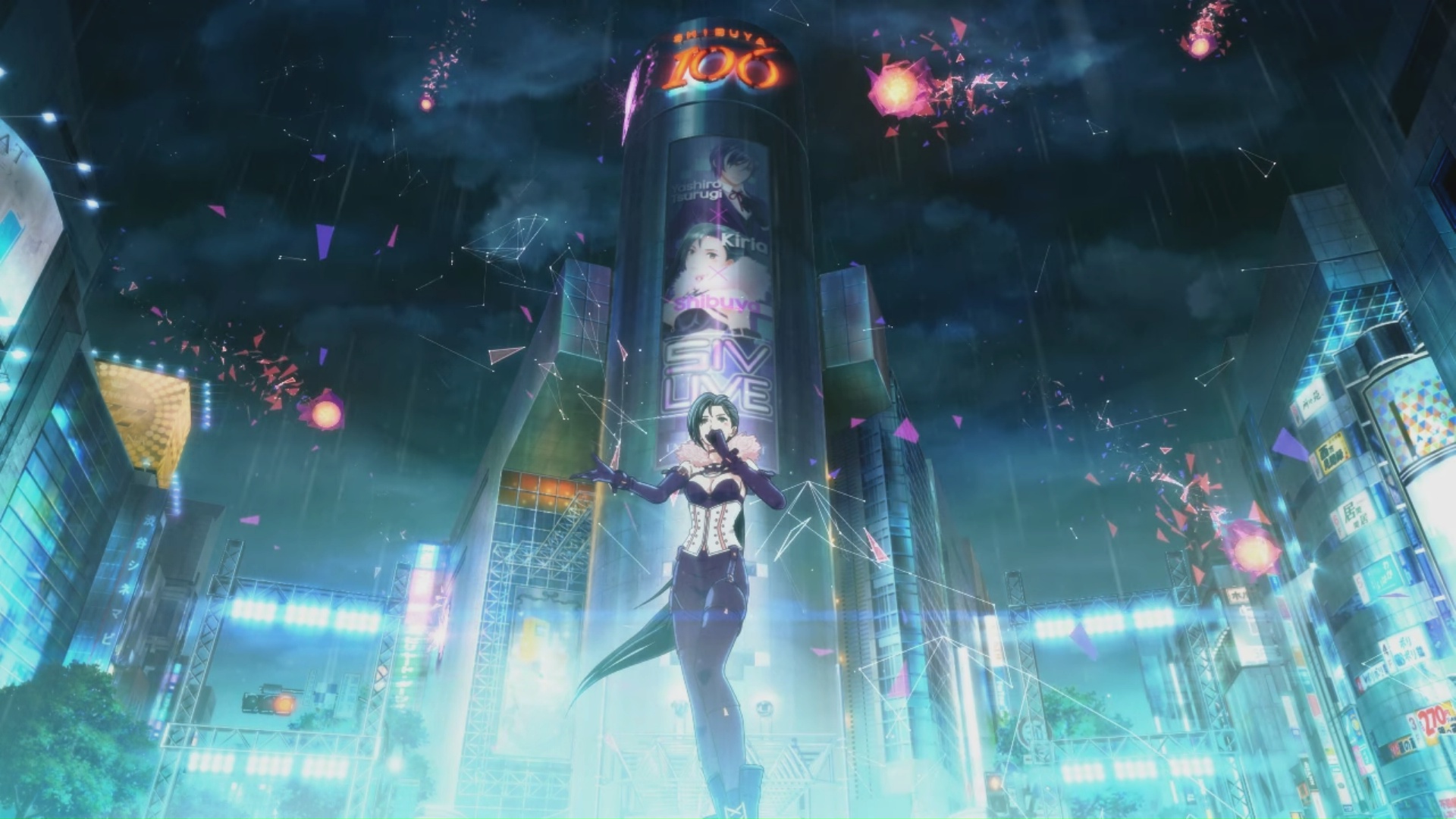
Of course, every good JRPG will at some point ask its players to suffer the dreaded grind, and Tokyo Mirage Sessions is no exception. While the increase in challenge throughout the story is, for the most part, steady and completely manageable, there will no doubt be moments where your party (or a specific character) just isn’t cutting it. Luckily, the Encore version of the game includes a suite of special dungeons that were only introduced to the original as post-launch DLC and go a long way to mitigating The Grind. These dungeons serve the sole purpose of increasing everyone’s levels and skills through both constant battling and special items that give out massive boosts. The game makes a point to caution that overusing these items might actually suck some of the fun out of the game, and rightfully so – at one point I felt a tad underpowered for a particular boss fight and wound up jumping 10 levels in 15-20 minutes, rendering the rest of the chapter an absolute cakewalk.
On top of including existing extras, Encore also adds some brand new side story content called ‘EX Chapters’ which introduces yet another special dungeon. This one actually holds some proper narrative stuff though, unlocking new chapters alongside the main game that flesh out some characters’ journeys even more. It’s not a huge amount of new content but what’s there is welcome – plus it also adds brand new abilities and costumes to the mix, including some special treats for Persona and Fire Emblem: Three Houses fans.
Speaking of costumes, I can’t overstate just how beautiful so much of the art and character design is in this game. That won’t come as too much of a shock to Atlus fans, but I think this is probably my favourite example of their work, in terms of visual presentation. Character models and costumes are intricately detailed and consistently gaudy and over-the-top in the best way. It all looks great on the Switch too. While I don’t have a Wii U handy to fully discern the graphical differences between the two versions, the game looks and runs great on the TV. Handheld mode is where it truly shines though, looking sharp and vibrant on the Switch’s screen and really just feeling like it was made to be portable.
Final Thoughts
If you’ve got a taste for Atlus’ brand of unique, abstract JRPGs and never played Tokyo Mirage Sessions #FE on the Wii U, this Encore performance is a must-see. Even if you have, there are some pretty compelling reasons to come back a second time, especially because the Switch is such a great way to experience the game. This one is a real crowd-pleaser.
Reviewed on Nintendo Switch // Review code supplied by publisher
Click here for more information on WellPlayed’s review policy and ethics

Kieron's been gaming ever since he could first speak the words "Blast Processing" and hasn't lost his love for platformers and JRPGs since. A connoisseur of avant-garde indie experiences and underground cult classics, Kieron is a devout worshipper at the churches of Double Fine and Annapurna Interactive, to drop just a couple of names.




